The local paths to net zero
Japan’s progress towards a greener tomorrow
In October 2020, Japan’s Prime Minister SUGA Yoshihide set out a bold vision for the country: to achieve carbon neutrality by 2050. Decarbonizing Japan will not be an easy undertaking. The world’s third-biggest economy is currently the fifth-biggest emitter of carbon dioxide. However, Suga has put the environment at the heart of his premiership and various initiatives have been launched by the Japanese government in collaboration with local administrations including encouraging communities to build self-reliant and decentralized energy systems. With change afoot across Japan, we take a look at some of the most exciting local initiatives for tackling the climate crisis.
Actions by local communities
Almost 100 million strong and counting
At the heart of Suga’s plans for a carbon-neutral Japan is empowering local authorities to take action. In Nagano prefecture, for example, local governments have declared their intention to become “zero-carbon cities” with the commitment to achieve net-zero emissions by 2050.
In response to the recent increase in extreme weather events, including Typhoon Hagibis which hit Japan in October 2019 and caused extensive damage, Nagano prefecture has declared a “climate emergency” and announced its intention to mitigate climate change for the sake of future generations. Its goals are to reduce final energy consumption by 70% and triple the amount of renewable energy produced in order to achieve carbon neutrality.
Its goals are to reduce final energy consumption by 70% and triple the amount of renewable energy produced in order to achieve carbon neutrality
But it’s not just Nagano that’s stepping up – the number of cities and prefectures in Japan signing up to become “zero-carbon” has increased from four in September 2019 to over 260 by 16th February 2021, covering a total population of almost 100 million.

Central and local governments
Triggering decarbonization domino effects
The Japanese government has pledged to do its part to assist local authorities to achieve their declared goals. To this end, it will be providing tangible and intangible support such as regional planning, capacity building and the introduction of renewable energy equipment.
In addition, the government will make use of the “Council for National and Local Decarbonization” established under the direction of Prime Minister Suga to focus on the creation of leading examples of carbon-neutral regions all over Japan in the five-year period running to 2025. The goal is to catalyze a series of “decarbonization domino effects” among local communities.
Case Study 1: Goto city, Nagasaki prefecture
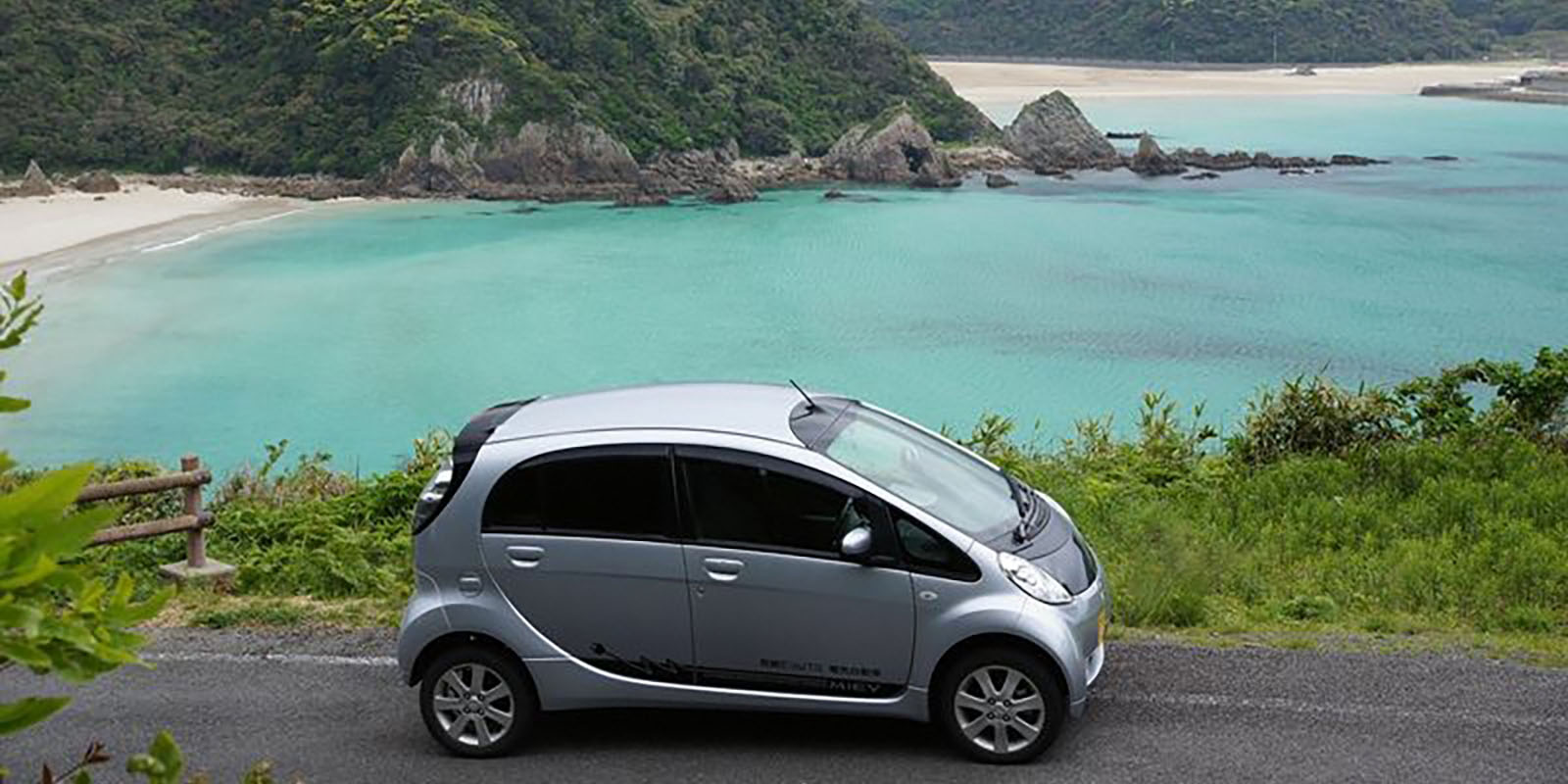
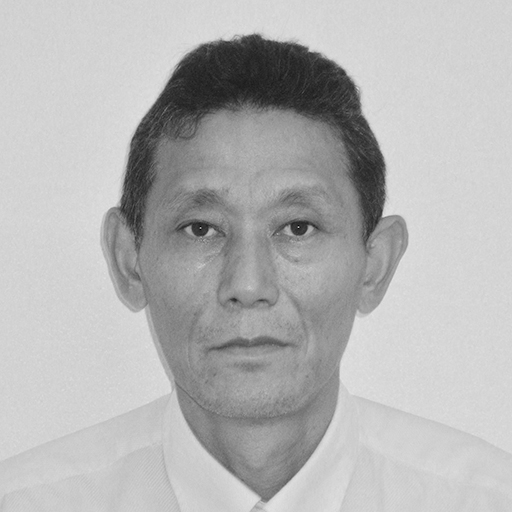 KITAGAWA Kazuyuki, director of the Renewable Energy Promotion Office, Goto city Industrial Development Department, on the potential of wind
KITAGAWA Kazuyuki, director of the Renewable Energy Promotion Office, Goto city Industrial Development Department, on the potential of wind
Off the west coast of Kyushu, a quiet revolution is taking place. In 2010 Kabashima, one of the islands of the Goto archipelago, was selected by the Ministry of the Environment as the ideal place to take its first steps in offshore wind power generation.
As an island nation, Japan should be an ideal candidate for generating electricity from offshore wind farms, but conditions at sea can be volatile. The solution was simple, but ingenious: a floating offshore wind farm was developed which could be quickly disassembled in case of emergencies. “The floating wind turbine facility is moored by three chains, so it is the same as mooring a large vessel offshore,” says Kitagawa. “If any critical situation occurs, it can be moved and removed easily.” Despite this, the power generation facility is incredibly robust. In September 2012, it withstood a direct hit by Typhoon No. 16, one of the largest typhoons in recent history.
The floating wind turbine facility is moored using three chains, so it is the same as mooring a large vessel offshore
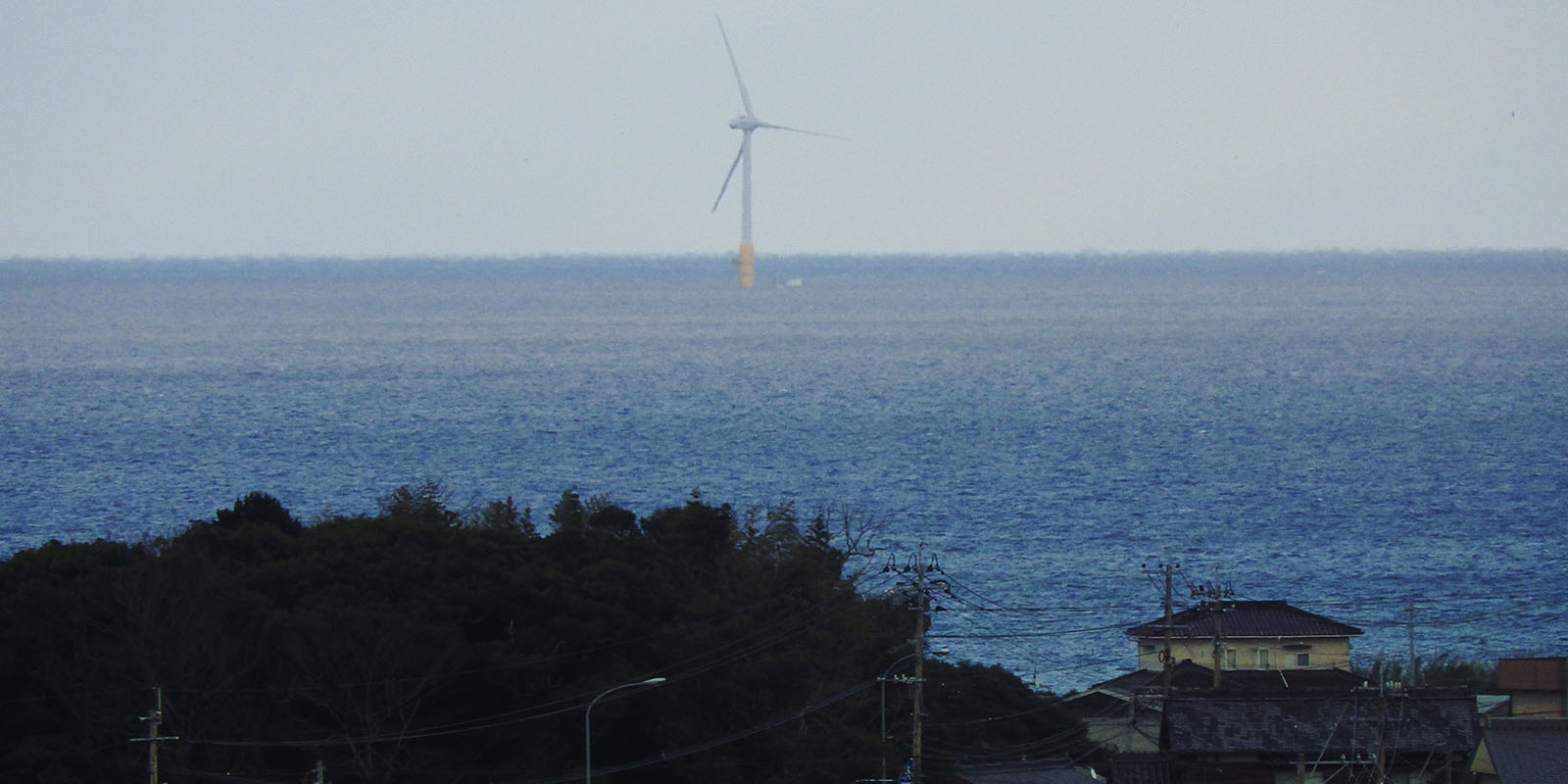
“The key part of this project is that it utilizes existing technologies, we did not develop any new technology,” continues Kitagawa. “The wind turbine has been used on land, the steel section of the floating structure uses shipbuilding technology, and the concrete section of the floating structure comes from building and bridge know-how. If we used a special technology that only exists here, it would not have the potential to spread in wider society.” Floating offshore wind turbines can be deployed in waters deeper than 50 meters, this is an important attribute for Japan, which has few shallow water sites needed for fixed turbines.
The potential of floating offshore wind power generation in Goto city is 3,706,800 megawatt hours per year, and renewable sources already provide 54.7 percent of the energy needs of the city. By 2023, when the currently planned wind farm is completed, renewable electrical self-sufficiency is expected to exceed 80 percent. And that’s just the beginning. “First, we’re aiming for 100% local electrical self-sufficiency out of renewable sources,” says Kitagawa. “Then we are looking at transporting electricity off the islands to help contribute to the mainland’s needs.” The success of the farm has attracted attention far beyond Goto’s shores, with visitors from China, South Korea, and Taiwan coming to the island to see it in action.
To reach zero carbon, each citizen must change their mindset and their behavior...
We’re determined to hand down a nature-rich Goto to our children
Goto’s embracement of green technology goes beyond the sea, with the promotion of electric cars and initiatives to save energy and reduce the volume of incinerated waste being rolled out across the archipelago. “To reach zero carbon, each citizen must change their mindset and their behavior,” says Kitagawa. “I am very happy to see the younger generation talking about how we can create more sustainable communities. I feel keenly aware of my responsibilities as an adult. We’re determined to hand down a nature-rich Goto to our children.”
Case Study 2: Maniwa city, Okayama prefecture

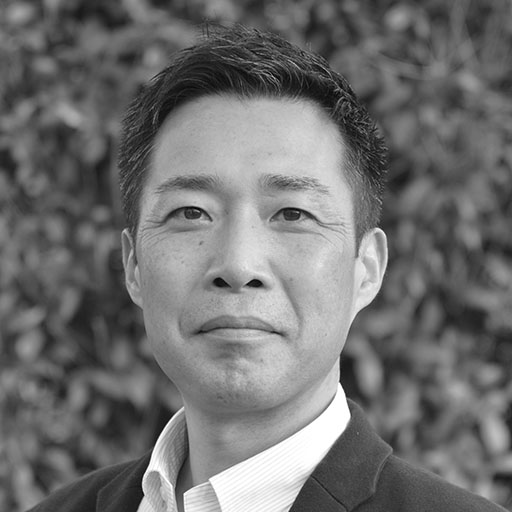 FUJITA Hiroshi, Environment Division Chief of the Living Environment Department, Maniwa city, on a push for sustainability
FUJITA Hiroshi, Environment Division Chief of the Living Environment Department, Maniwa city, on a push for sustainability
Nestled in the Chugoku mountain range, Maniwa city is surrounded by a sea of greenery – in fact, 80 percent of its territory is made up of forest. It makes sense then, that trees would be at the heart of the local drive to sustainability. “With the goal of achieving a positive cycle for resources and the economy, a ‘Wood Biomass Industry’ initiative was launched in 2015 with a focus on the development of a wood biomass power generation station,” says Fujita.
“This facility mostly burns unused and waste lumber to generate renewable energy, achieving a 32 percent electricity self-sufficiency rate for the city. Materials that had been unused or disposed of as industrial waste can now be traded as valuable resources.” It has been argued that biomass power generation is sustainable, as when timber from the trees is burned it only releases the CO2 the trees had absorbed over their lifespan. As long as the forests are kept the same size, each new generation of trees will cancel out the CO2 of the previous one. The next step is to expand the scope of fuels for biomass power generation to include timber from broadleaf trees as well, with the aim of achieving an electricity self-sufficiency rate of 100 percent.
The public buildings in Maniwa are made of local wood as much as possible, and the construction methods are environmentally friendly and symbiotic with nature
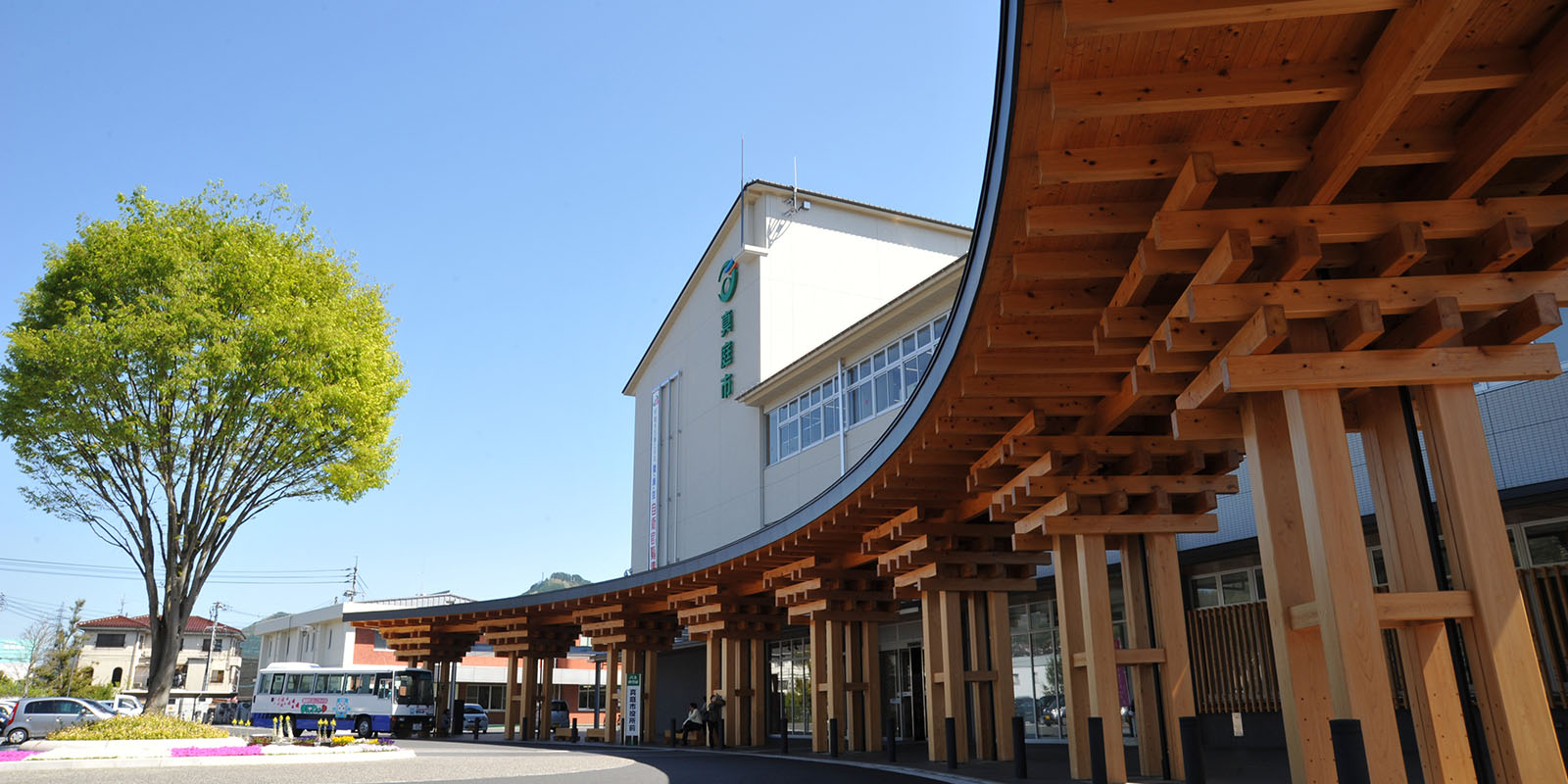
Maniwa’s commitment to using local resources wisely can be seen throughout the city. “The public buildings in Maniwa are made of local wood as much as possible, and the construction methods are environmentally friendly and symbiotic with nature,” says Fujita, adding that biomass-derived fuel is even used in heating equipment and boilers. The sustainable initiatives extend into other sectors too, including food, agriculture and hospitality. “These are small initiatives by a small municipality, but our various efforts such as increasing the amount of locally produced materials for local consumption and building an eco-friendly public transportation network will lead to zero carbon,” says Fujita.
Word about Maniwa’s unique approach has spread and a dedicated biomass tour drew people from across the country to the region before the advent of the Covid-19 pandemic. “There were many visitors who wanted to learn how to make good use of local resources,” says Fujita. “We believe that being able to listen to the voices of the local people who’ve worked in the biomass industry is a factor in its popularity.”
Case Study 3: Yokohama city, Kanagawa prefecture
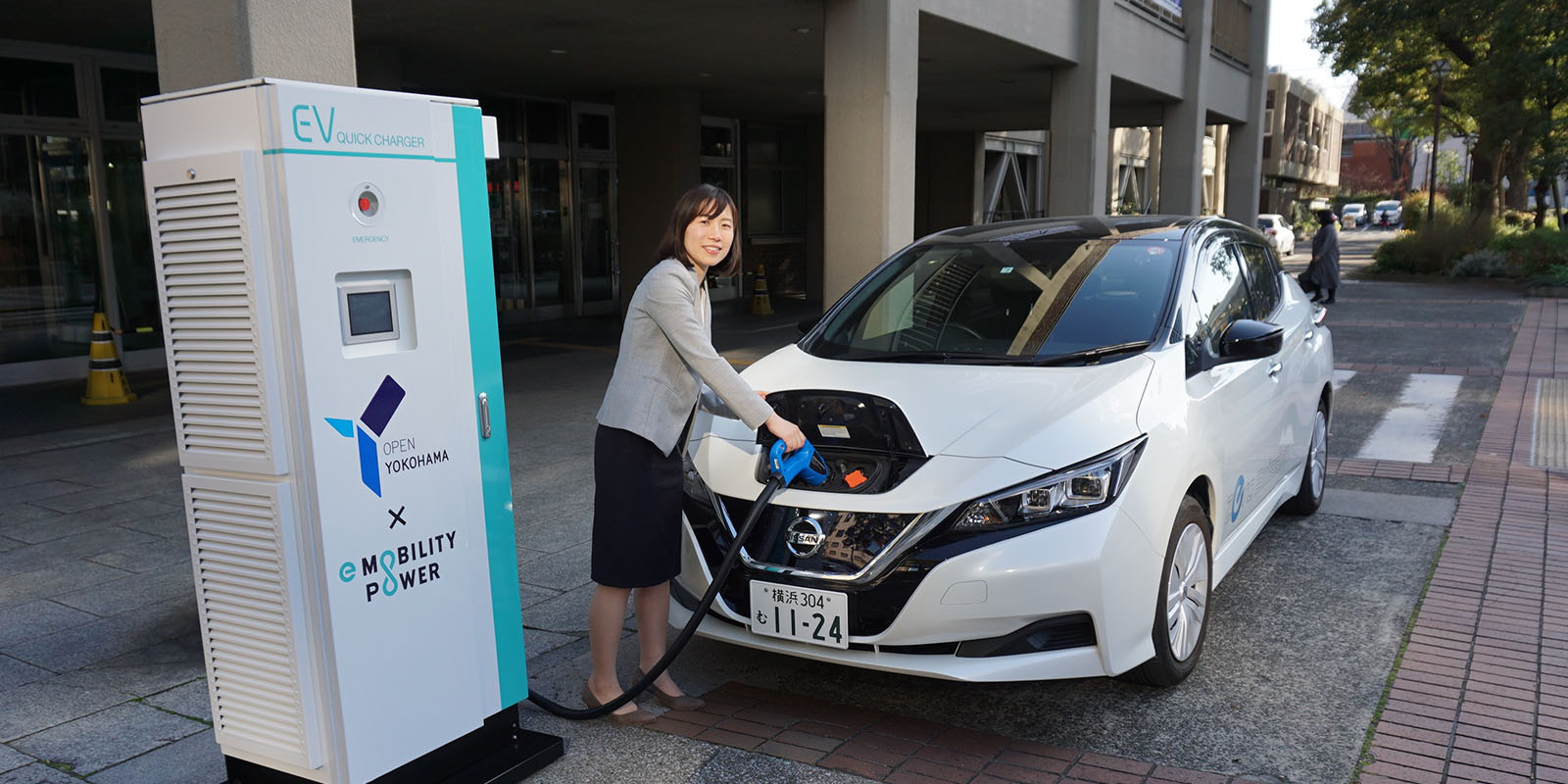
 NUMATA Masaki, Executive Director, Climate Change Policy Headquarters, city of Yokohama on creating a sustainable metropolitan model
NUMATA Masaki, Executive Director, Climate Change Policy Headquarters, city of Yokohama on creating a sustainable metropolitan model
According to the United Nations’ Population Division, an incredible 92 percent of Japan’s residents live in an urban environment, so if the country is to reach zero carbon, then cities are clearly key and Yokohama, the second-biggest city in Japan, is hoping to lead the way. Its council is proposing a plan to achieve decarbonization.
At present Yokohama’s future renewable electricity self-sufficiency rate is estimated to be just eight percent, to resolve this problem the city is looking further afield. “Yokohama has started an initiative to cooperate with 13 municipalities in the Tohoku region in Northeast Japan to use the abundant renewable energy generated in those rural areas,” says Numata. “Blockchain technology is used to certify the origin of the electricity. The plan aims to build a new symbiotic relationship model between big cities and rural areas.”
Yokohama has started an initiative to cooperate with 13 municipalities in the Tohoku region... The plan aims to build a new symbiotic relationship model between big cities and rural areas
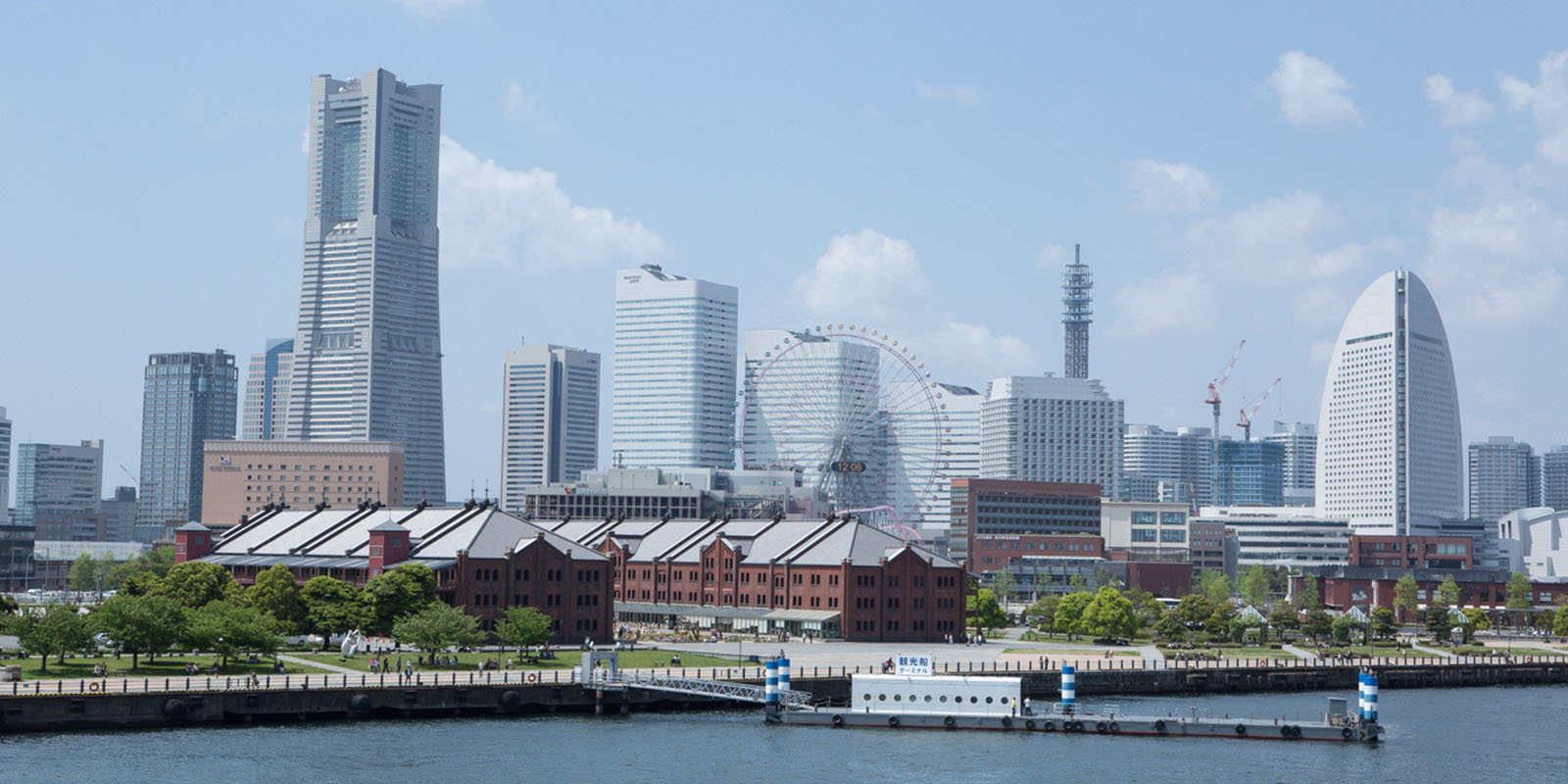
The companies behind this innovative approach to electricity have received the Japan SDGs Award, which is given to organizations that are making notable efforts to achieve the country’s sustainable development goals. The initiative has also been praised by the Japanese government as a leading example of how the country can rethink its energy networks. As well as cooperating with rural communities to ensure the supply of renewable energy, Yokohama is also focused on the decarbonization of local transportation by developing an innovative sharing program for electric vehicles and electric mobility devices in cooperation with private companies. The city is also expanding its infrastructure of charging stations to encourage the adoption of electric vehicles.
Through these various efforts to promote decarbonization, Yokohama city is working toward the realization of a sustainable metropolitan model that will lead global warming countermeasures.
The global view
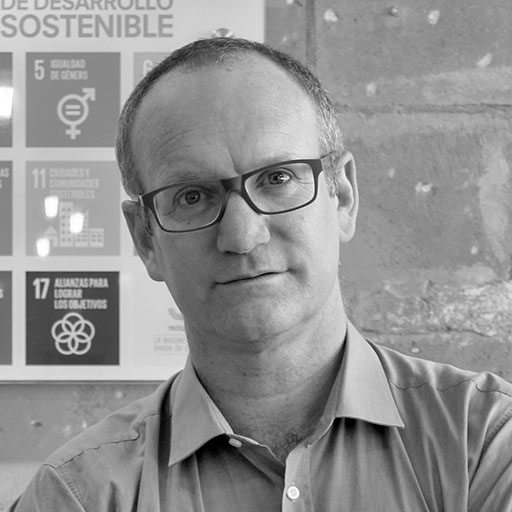 Gonzalo Muñoz, High-Level Champion for Climate Action, on the international response to Japan’s initiatives
Gonzalo Muñoz, High-Level Champion for Climate Action, on the international response to Japan’s initiatives
At the COP 21 United Nations climate change conference in 2015, governments agreed that ambitious action is urgently required to achieve the goals of the Paris Agreement and limit global warming to well below two degrees Celsius, compared to pre-industrial levels. To help achieve this, two high-level champions are appointed by nations to connect the work of governments with the actions being taken by cities, regions, businesses and investors. One of the current champions is Gonzalo Muñoz – an entrepreneur from Chile who reinvented the country’s recycling industry to usher in a future without waste. He is impressed by Japan’s inclusive approach.
“Successfully tackling climate change requires us all to come together in radical collaboration,” he says. “Local governments and communities are a crucial part of our collective efforts in the Race to Zero emissions by 2050 at the very latest. The rapid growth of Japan’s ‘zero-carbon cities’ exemplifies the climate action we need this decade, as central and local governments are working hand-in-hand in the planning and local implementation of ambitious climate measures. I welcome stakeholders across the world to learn from best practice and collaborate in this vital Race to Zero emissions.”